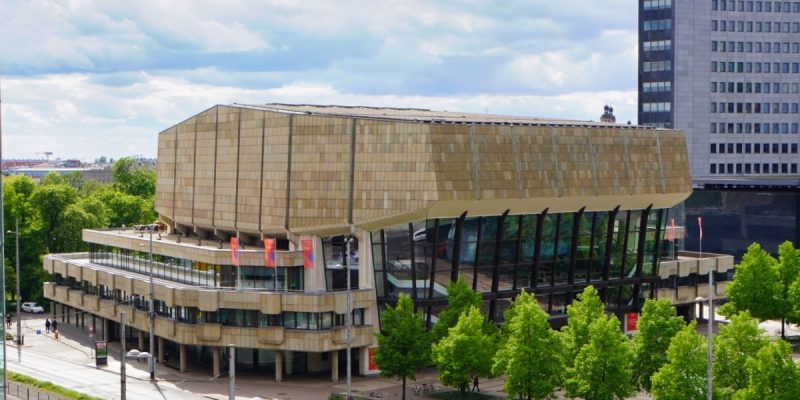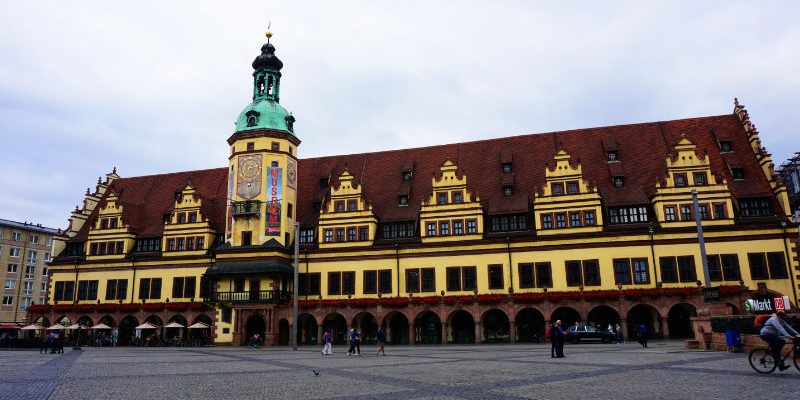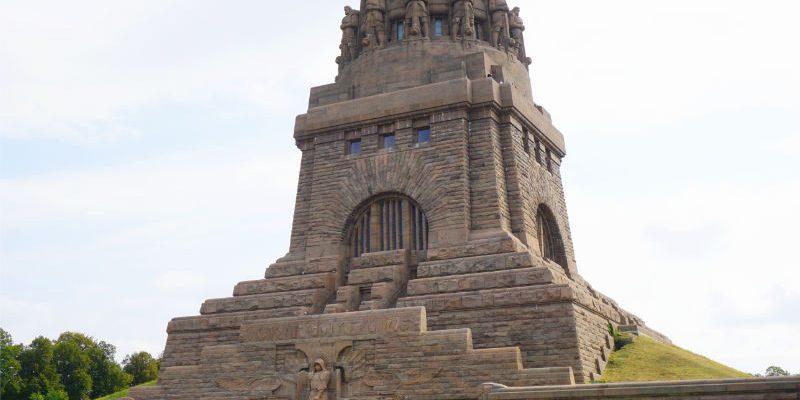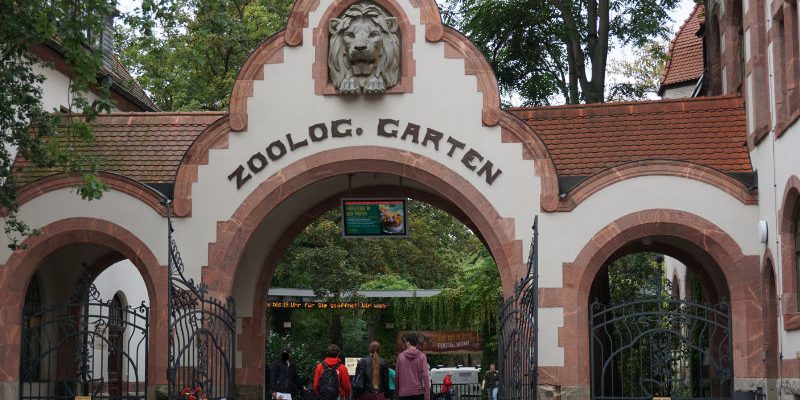A large building complex on Augustusplatz attracts our attention. The building is the world-famous Gewandhaus zu Leipzig, one of the most outstanding musical venues in Germany.
Continue Reading about Gewandhaus in Leipzig – pure musical enjoyment

A large building complex on Augustusplatz attracts our attention. The building is the world-famous Gewandhaus zu Leipzig, one of the most outstanding musical venues in Germany.
Continue Reading about Gewandhaus in Leipzig – pure musical enjoyment

A stroll through the old town is a mandatory part of a weekend trip to Leipzig. We started without any plans and just had a look at interesting things on the way. And there is a lot to see in this small but pretty old town. I summarized my impressions of the spots that we enjoyed the most.

I had read a fair bit about the Monument to the Battle of the Nations in Leipzig. But once again I found evidence that reading and experiencing are two very different things. I would have loved to see my face as our hop on hop off bus stopped in front of the monument.
Continue Reading about An impressive monument – Monument to the Battle of the Nations in Leipzig

One of the most important entries on my Leipzig bucket list was the zoo. I have been watching so many documentaries about it on TV that it was crystal clear to me: This zoo is well worth a visit.
Continue Reading about Leipzig Zoo – my personal highlight in Leipzig!